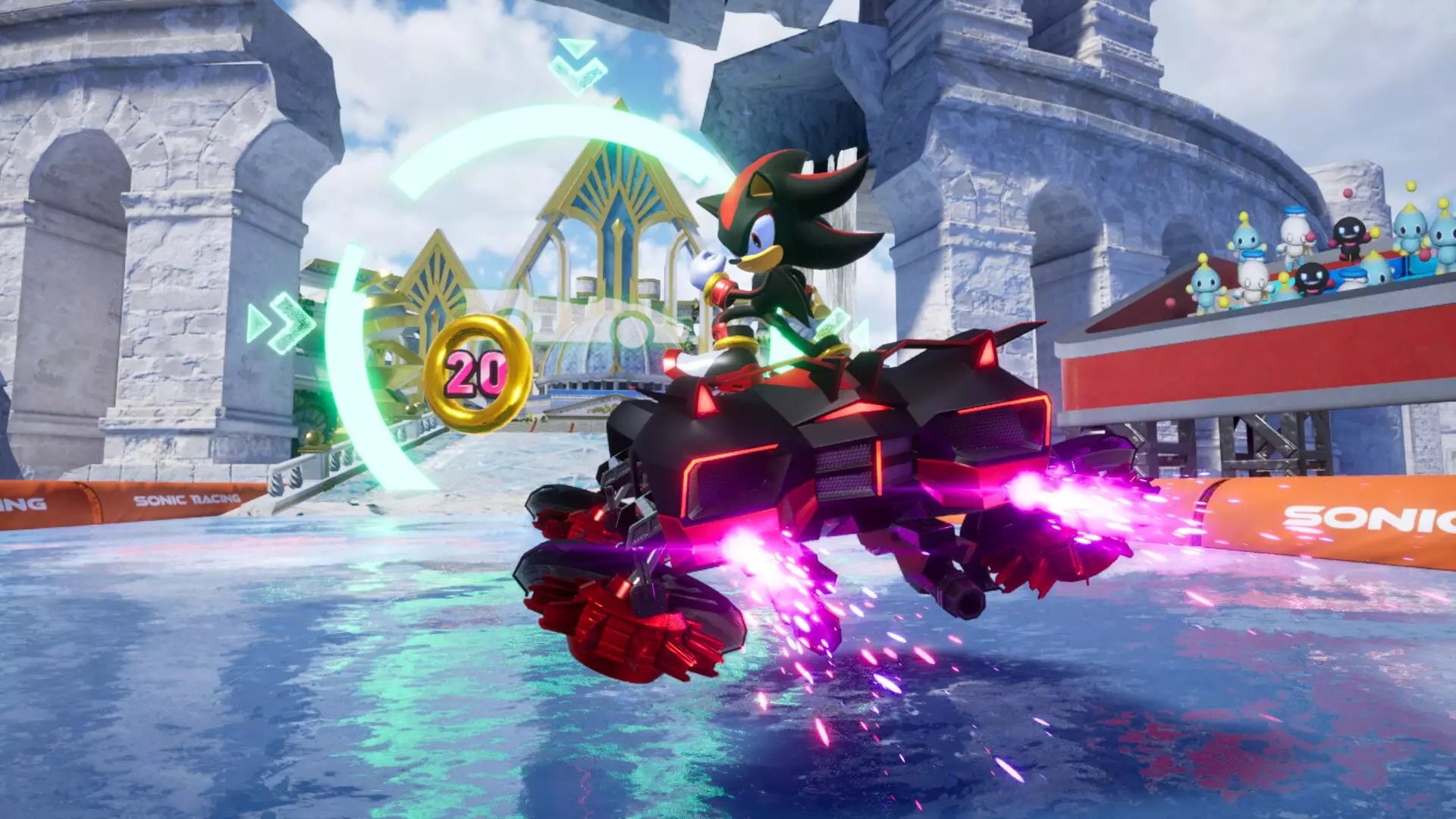In an era where chaotic item management rules the kart racing genre, Sonic Racing: CrossWorlds takes a strikingly different approach by discarding items in its initial design phase. This audacious move is heralded by Takashi Iizuka, a seasoned producer in the Sonic series, who emphasizes the creators’ intent to craft a game grounded in fair competition. By eliminating the randomness that often plagues racing games, the developers have prioritized skill over luck, potentially revitalizing the gameplay experience for both newcomers and veterans.
Attention to Core Mechanics
Central to the development process was the commitment to establishing solid vehicle and course designs before introducing collectable items. This methodical approach allowed the developers to focus on refining the racing mechanics themselves. Unlike many competitors that rely on power-ups to elevate excitement, Sonic Racing: CrossWorlds aims to thrill players through pure racing prowess. Iizuka notes, “They really took things down to the base level,” emphasizing that the heart of racing mechanics should be robust enough to stand alone. This emphasizes a belief in the players’ ability to navigate tracks without external assistance—creating a purer racing environment.
The Art of Balancing Act
As the development progressed, the importance of balance became apparent. Throughout numerous playtests, the development team scrutinized almost every element of gameplay to eliminate items that introduced undue stress or frustration. By prioritizing fun and fairness, they refined the chaotic nature of the racing experience. Iizuka describes their iterative process of tweaking the game until they achieved “the right amount of chaotic” while maintaining an engaging environment. This cautious yet rigorous design ethos is a reflection of how the team strives for an intriguing balance—a cornerstone for any competitive racer.
Comparative Analysis with Established Franchises
When compared to established kart racing titles like Mario Kart, which famously rewards players in last place with beneficial items allowing dramatic come-from-behind wins, Sonic Racing: CrossWorlds represents a fundamentally different philosophy. While the unpredictability of item-based games can be exhilarating, it often leads to moments of frustration, particularly for those skilled at the mechanics of racing. The possibility of Sonic’s characters sailing to victory based solely on player capability could lead to more satisfying experiences as mastery of the game takes precedence over the mercy of random item drops.
Potential Impact on the Genre
The venture into a less chaotic structure suggests a possible evolution in the kart racing genre—one that might appeal to the competitive crowd tired of luck-based mechanics. By restoring competitive integrity and focusing on skill, Sonic Racing: CrossWorlds might set a compelling precedent for future titles. If the Sonic franchise can successfully walk this tightrope of excitement and fairness, it may unearth a new avenue for both game developers and players alike, potentially redefining expectations in the beloved world of kart racing.


Leave a Reply